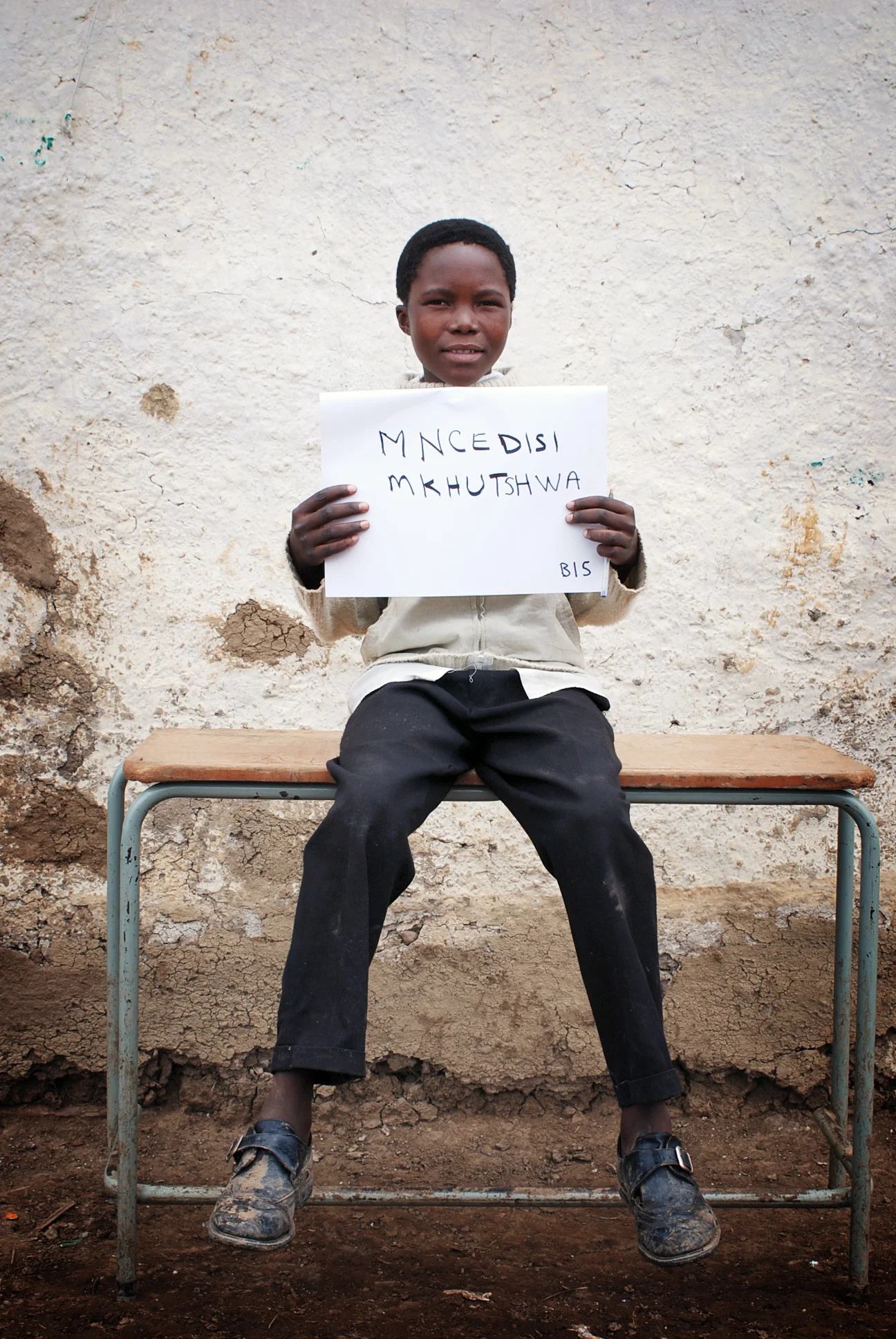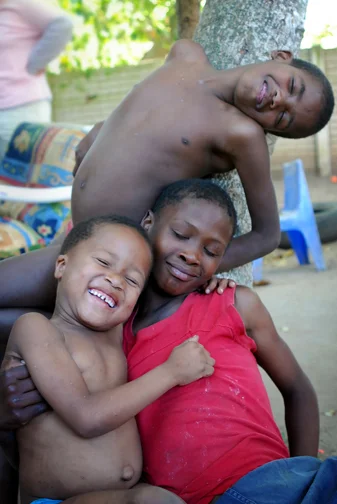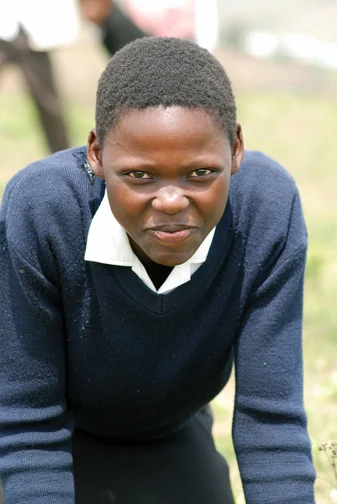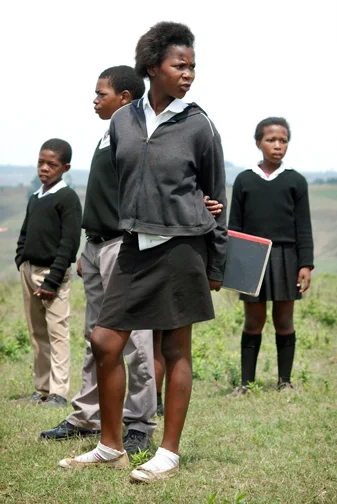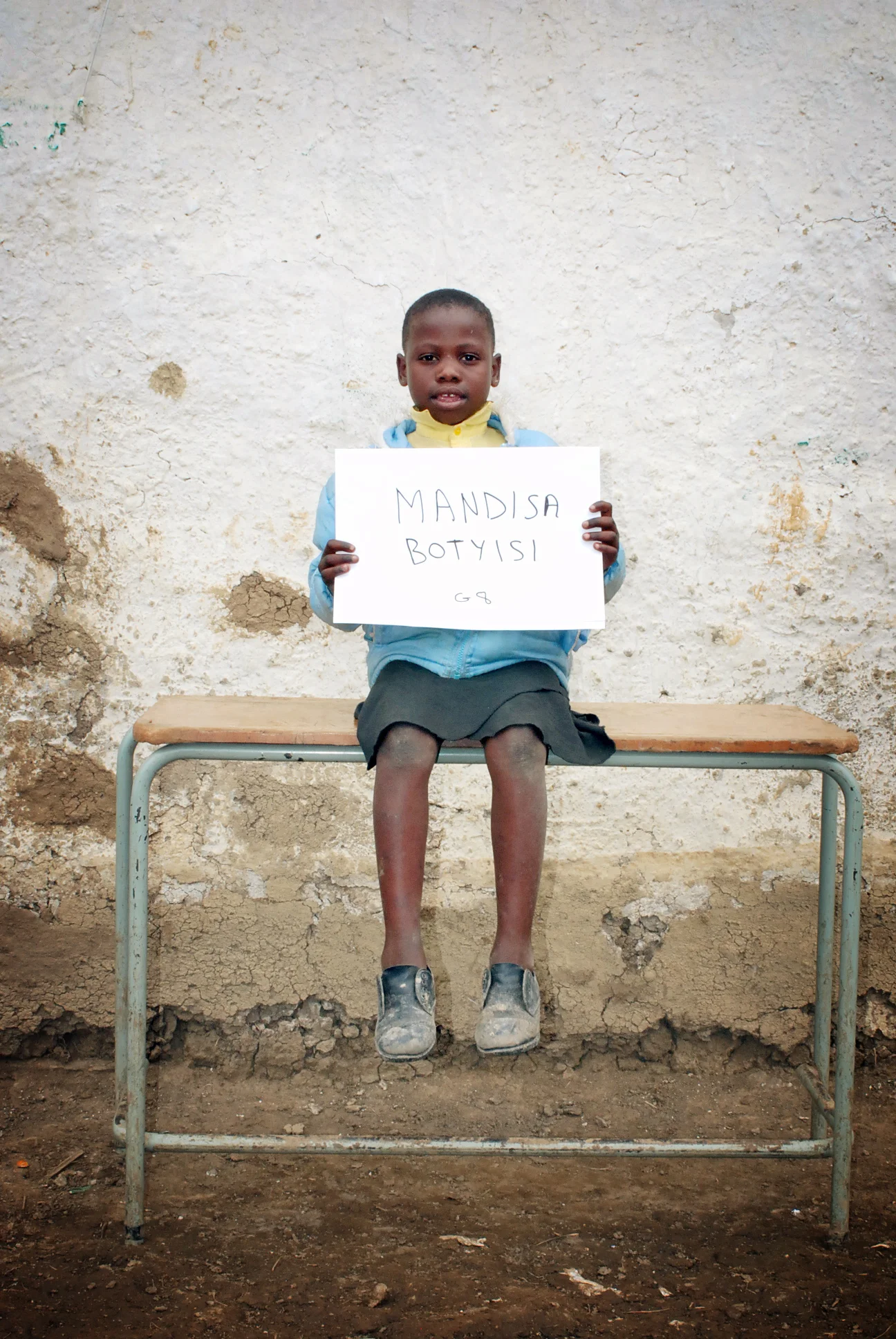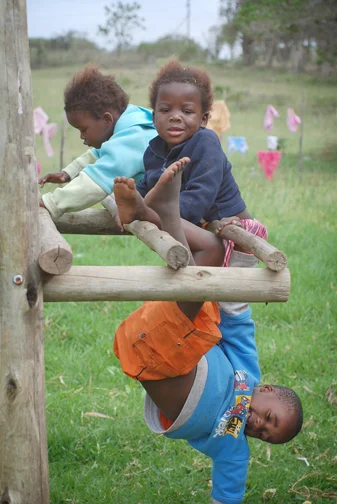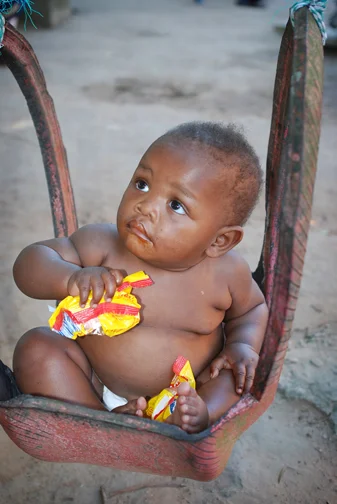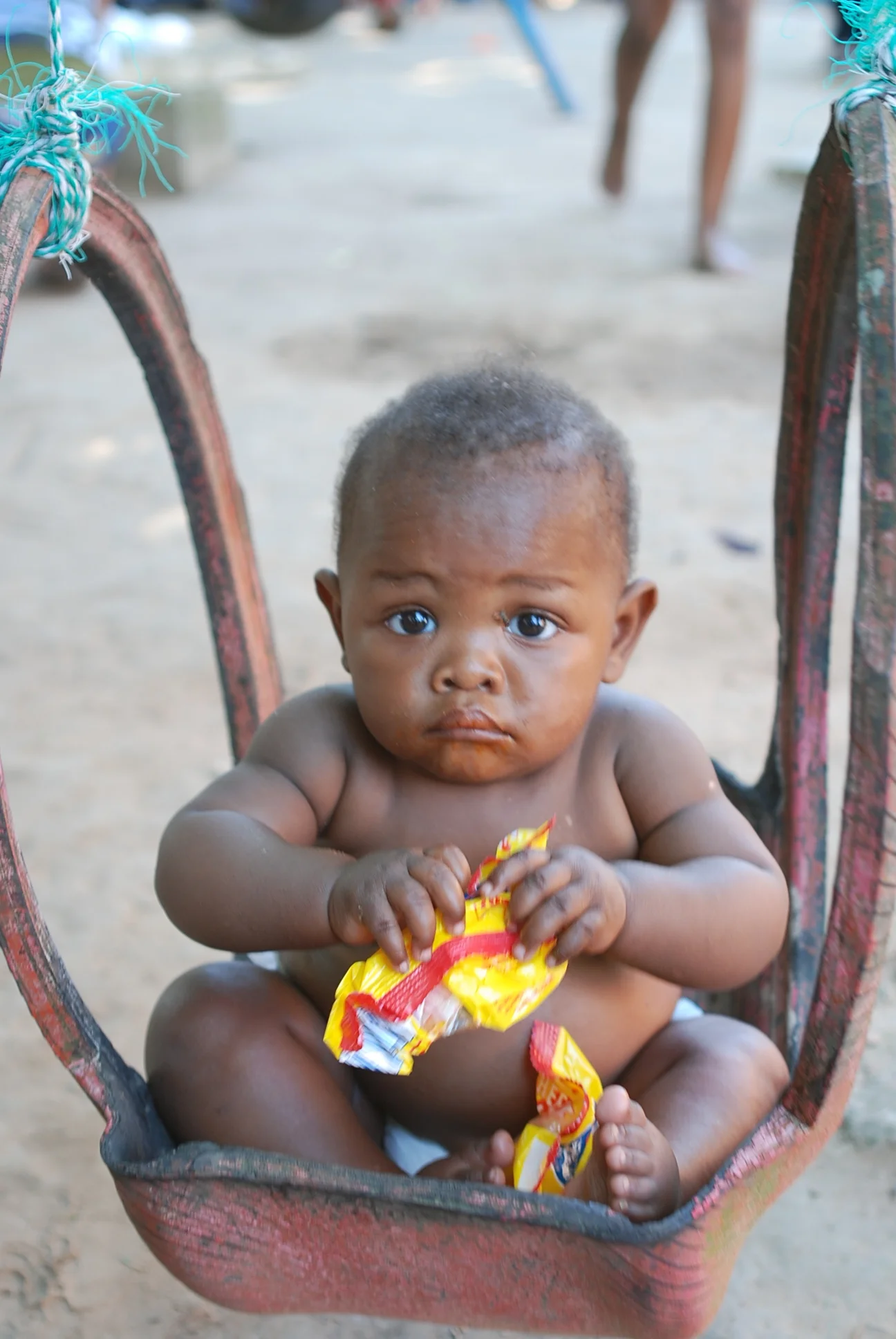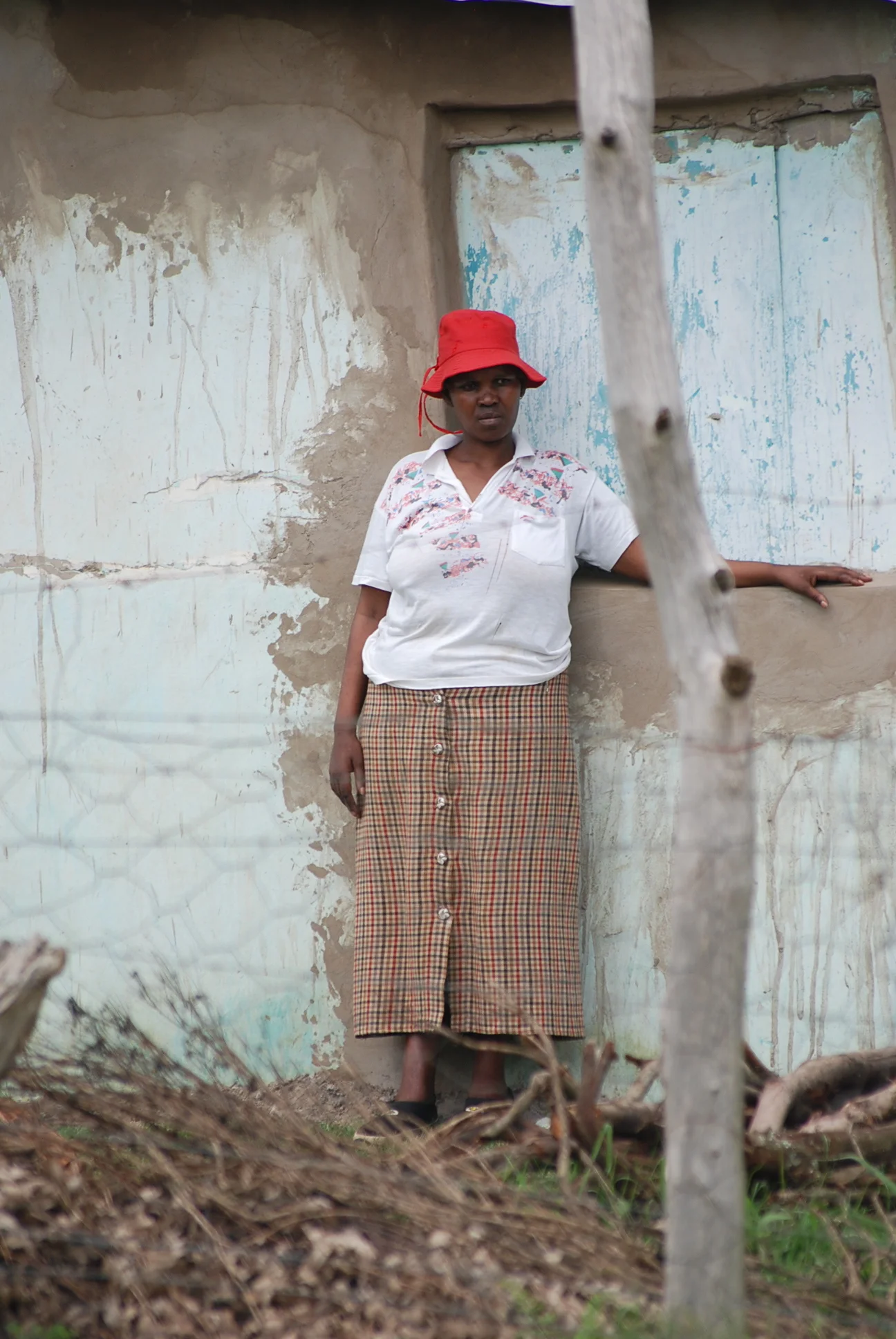BHUKWINI, SOUTH AFRICA: HIV/AIDS Education
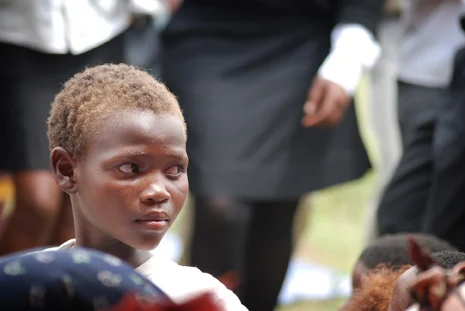
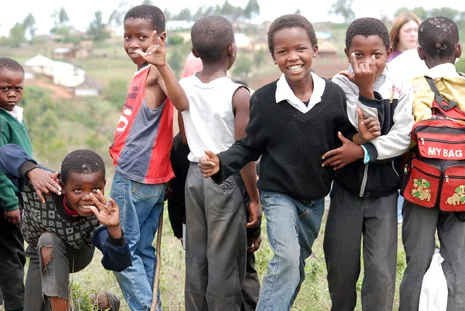
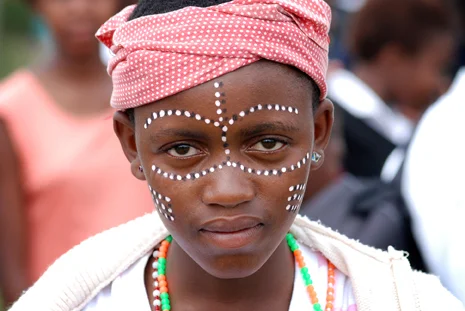
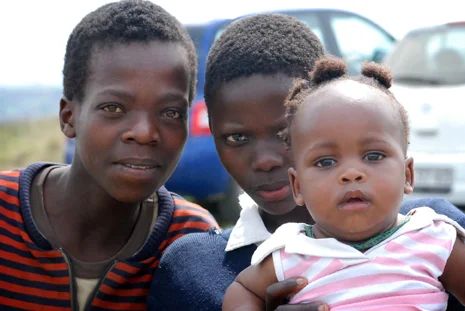

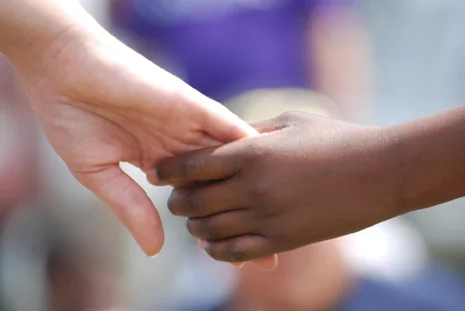
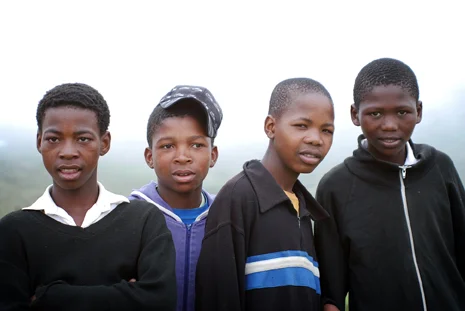



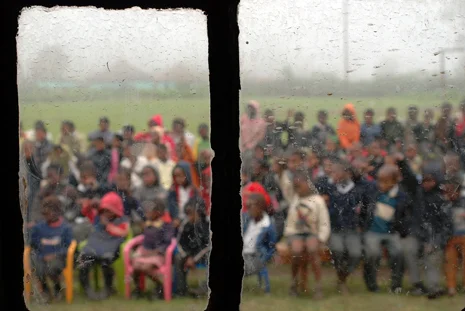

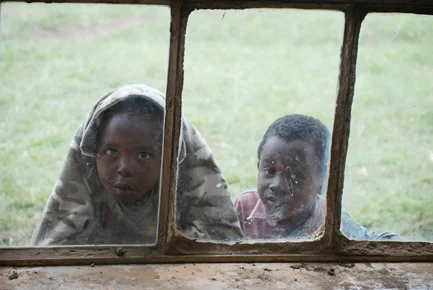
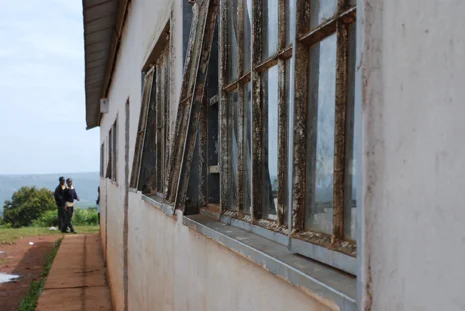



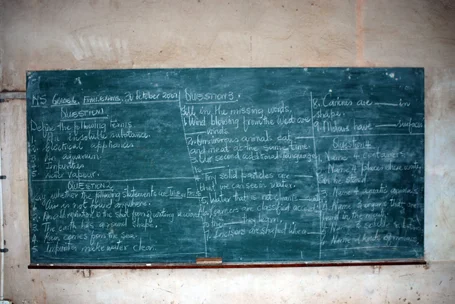
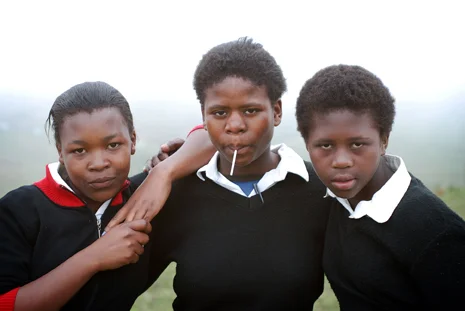
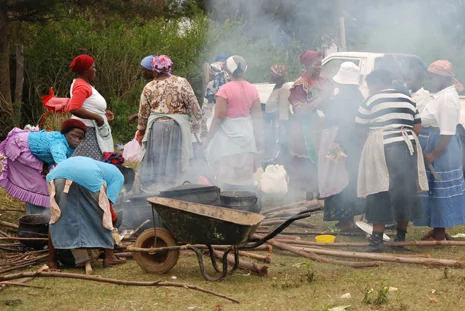

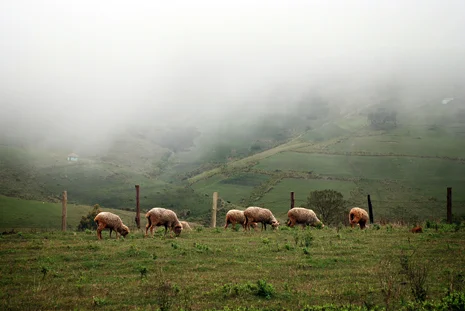
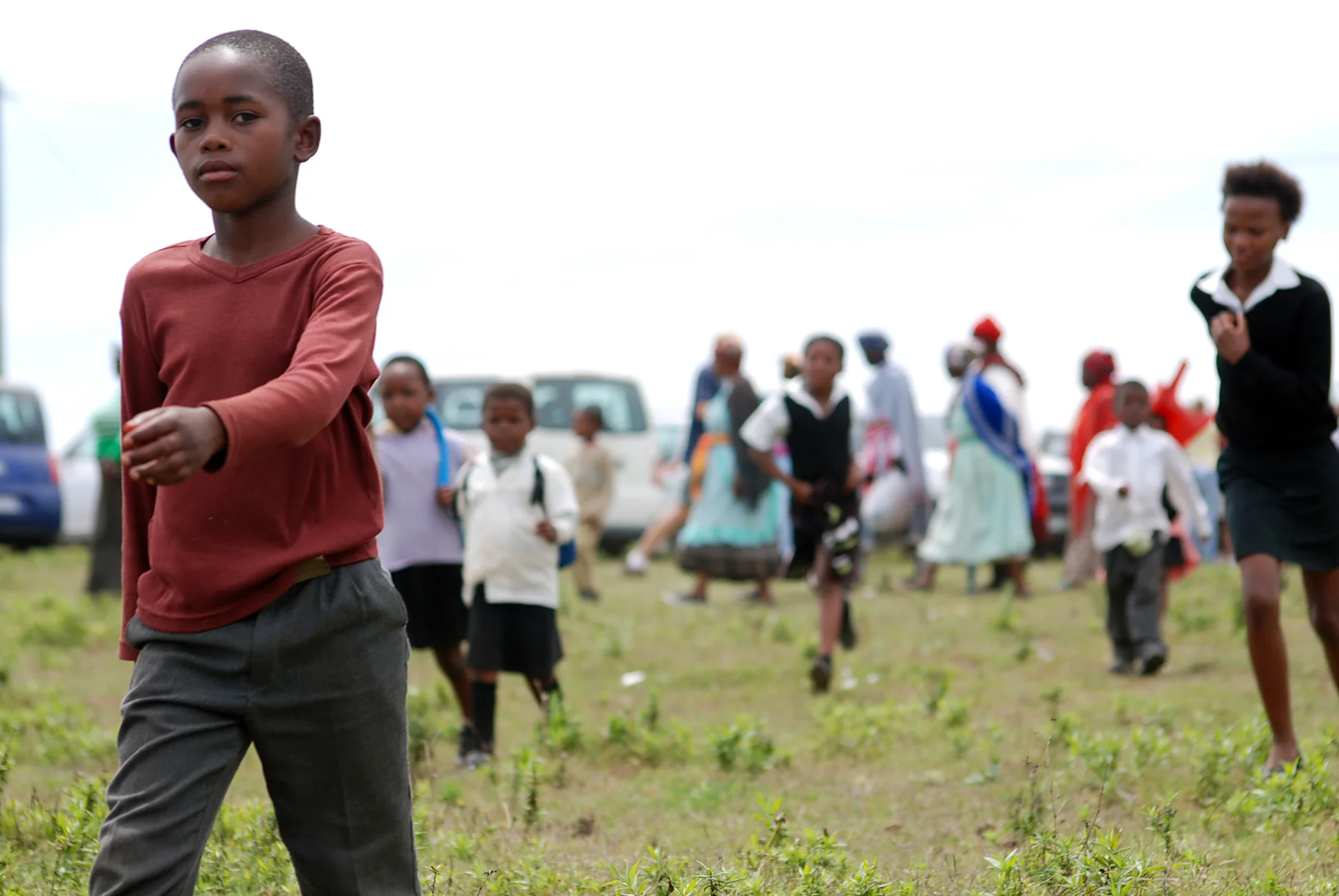

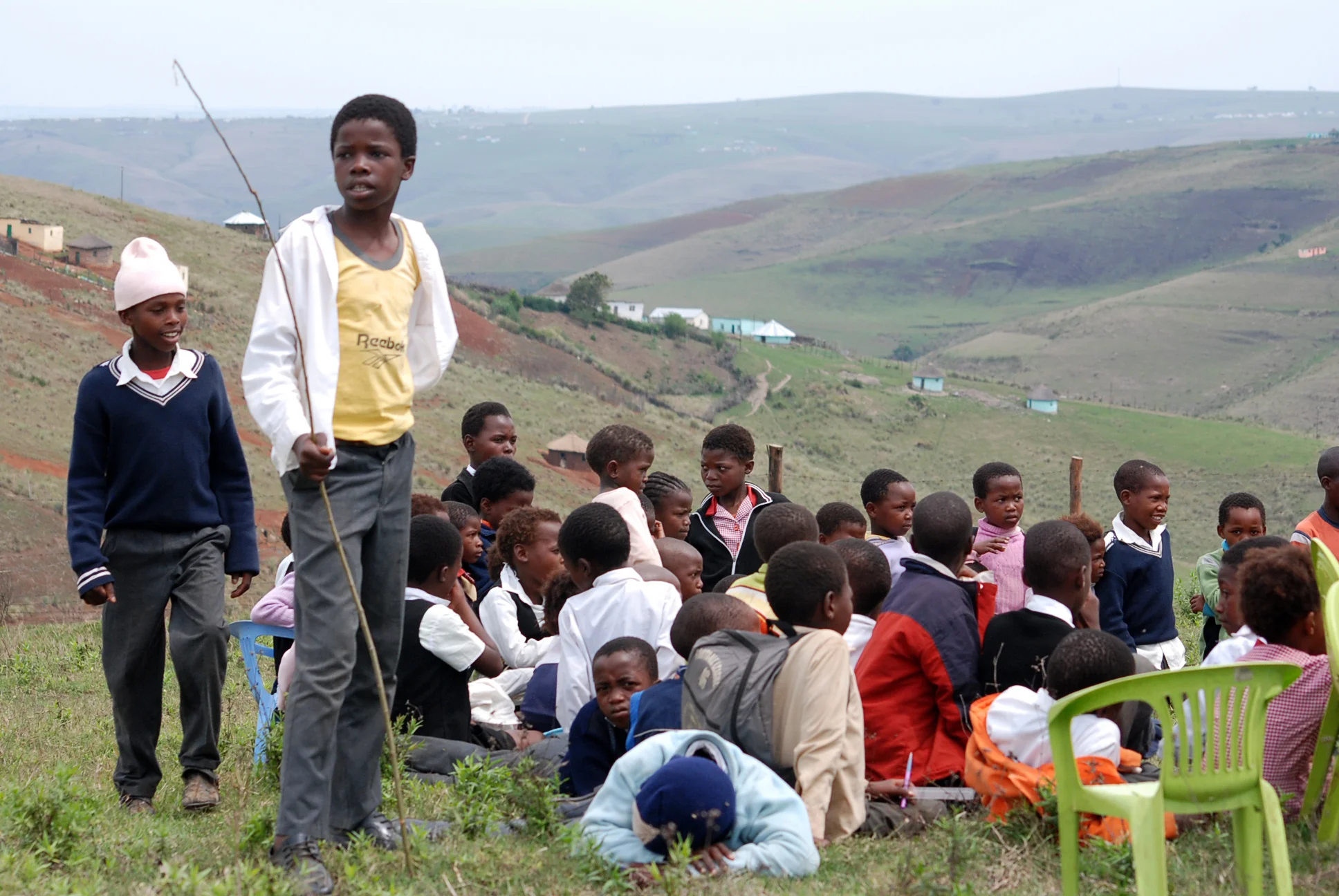
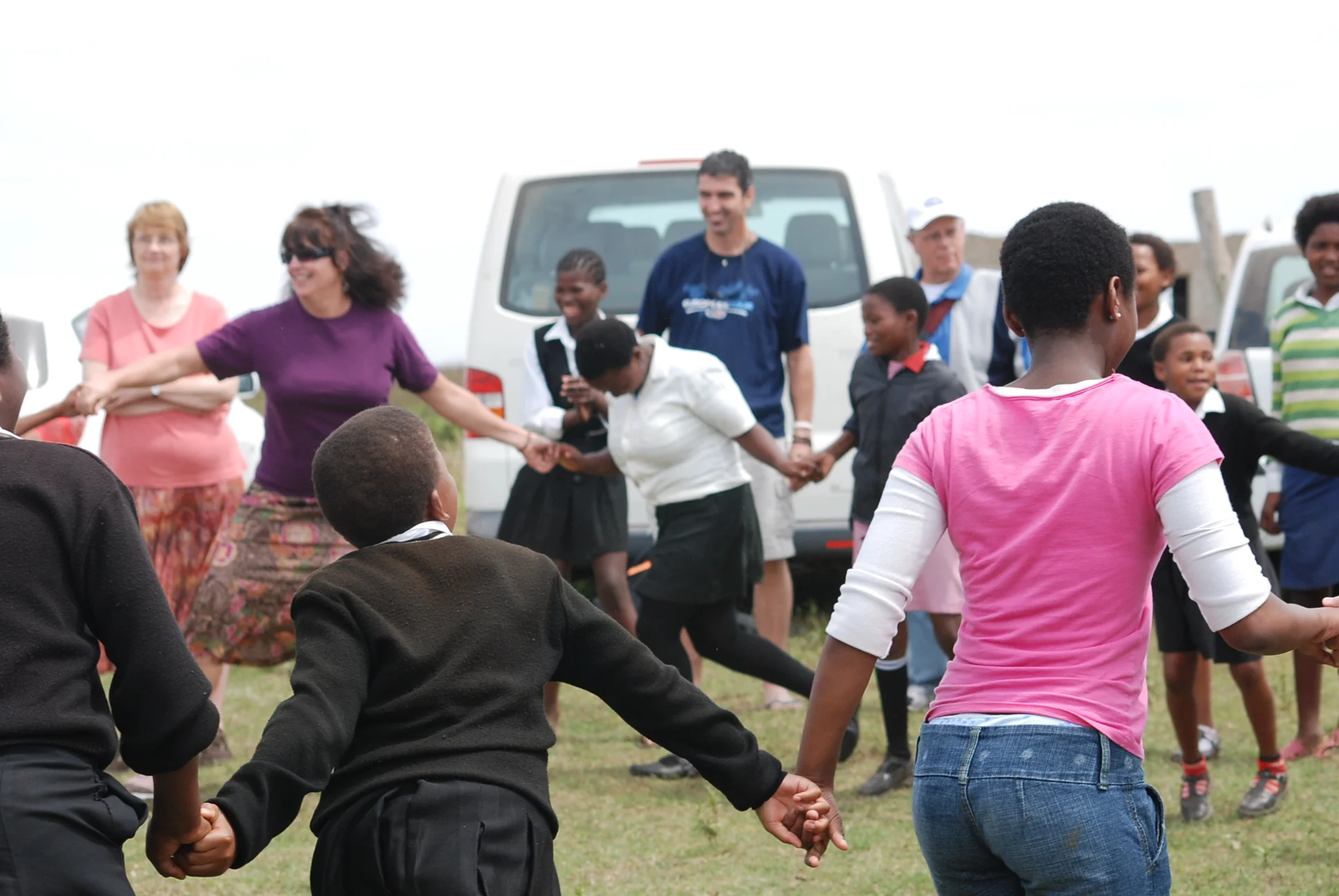
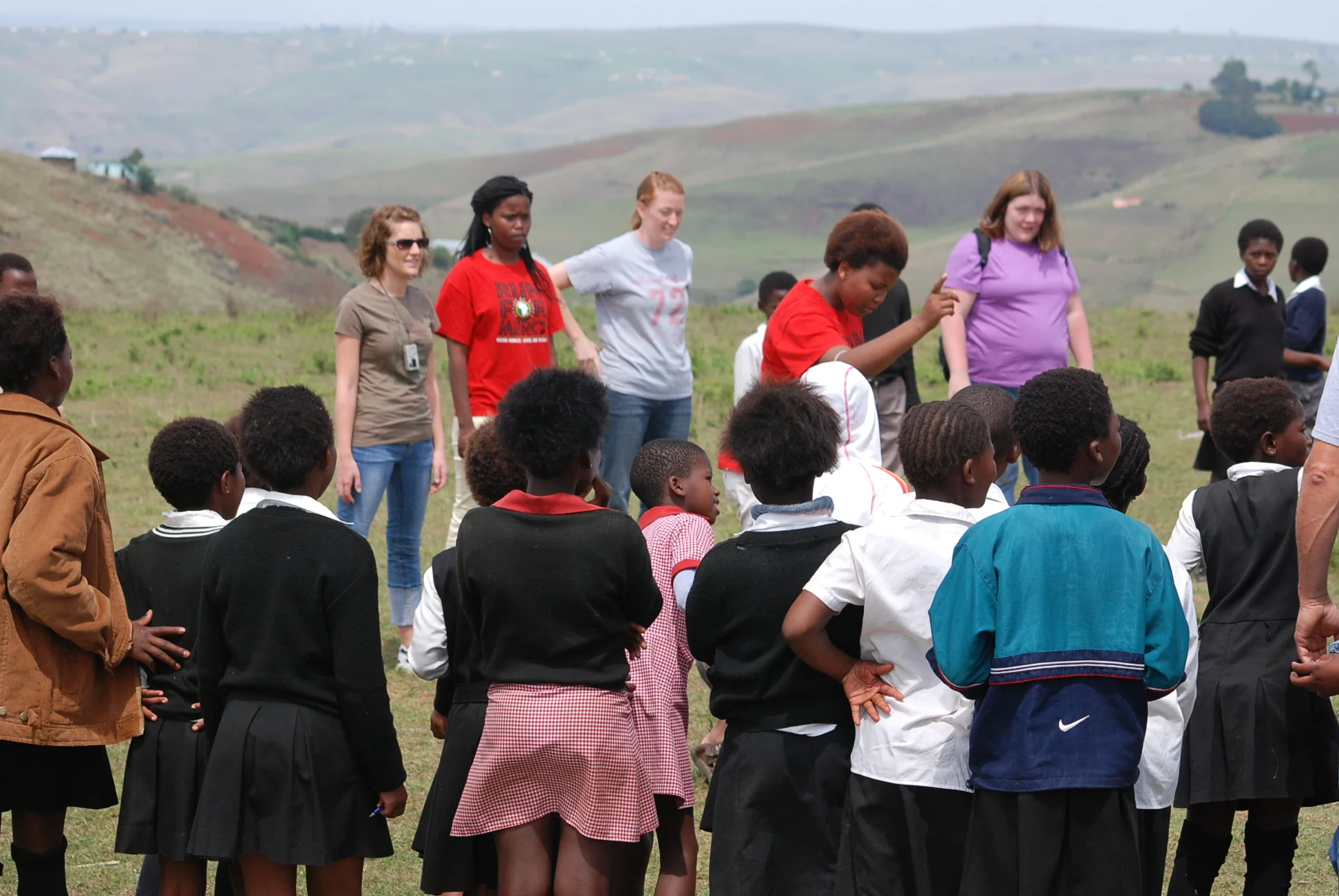



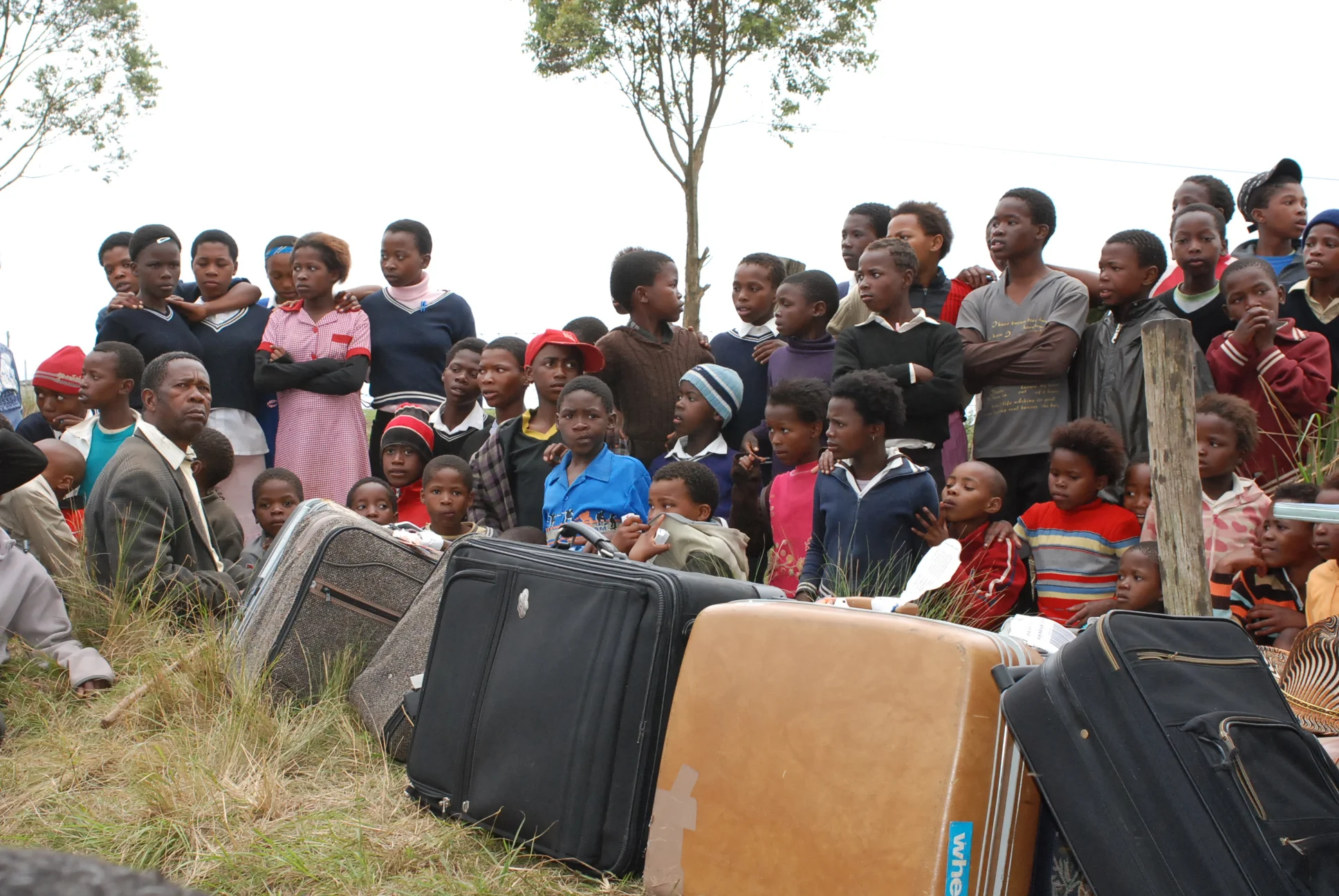
PROBLEM:
In the rural village of Bhukwini, KwaZulu-Natal, nearly half of the babies born in a single year were believed to be HIV positive.
HIV infection rates were devastatingly high—peaking at over 57% among 26-year-old women—leaving an entire generation at risk.
Orphanages were overwhelmed, as parents lacked the means or support to care for HIV-positive children and faced intense stigma.
Young parents were dying from AIDS, leaving infected children in the care of teenage siblings barely equipped to survive themselves.
SOLUTION:
Travel to Bhukwini as a photojournalist to document the HIV/AIDS crisis—capturing stories and over 100 portraits of orphaned children to support an “adopt a child” fundraising initiative.
Visit orphanages such as House on the Rock and Jehova Jirah to better understand the epidemic’s impact and gather insights for future support.
Use photography and editorial storytelling to raise awareness and generate funding for ongoing HIV/AIDS education and prevention.
Support long-term efforts that include agricultural training, empowering the community to grow its own food and build self-sufficiency.
Advocate for resource allocation and stronger HIV surveillance in rural areas—where infection rates are highest and support is most urgently needed.
Encourage faith-based and charitable organizations to lead with empathy—providing education, funding, and volunteers focused on prevention and care.
Help train volunteers to understand the cultural realities of HIV/AIDS, creating deeper, more respectful connections with the communities they serve.
RESULT:
South Africa now leads the world with the largest HIV treatment program—an extraordinary turnaround fueled by national commitment and community-driven efforts.
Mother-to-child transmission rates have dropped dramatically, a hopeful sign that education, awareness, and access to care are saving lives.
New HIV infections have been cut in half over the past decade, showing that prevention strategies and support programs are making a measurable difference.
Local ownership of the epidemic response has grown stronger, with most funding now coming from within South Africa itself—a powerful shift toward long-term sustainability. Click here to see source.
Despite these achievements, continued innovation, education, and global support remain essential to ensure that progress is not only sustained—but expanded to reach every person in need.
